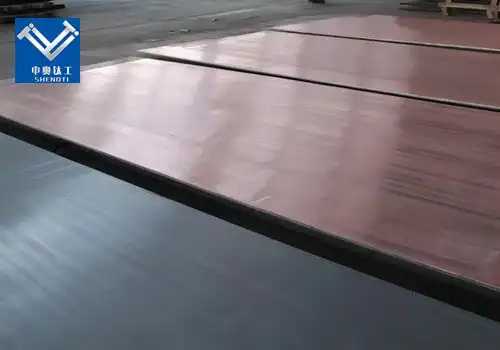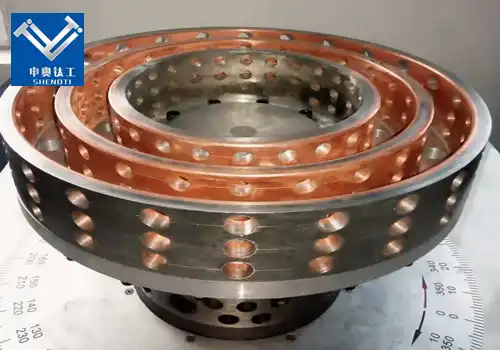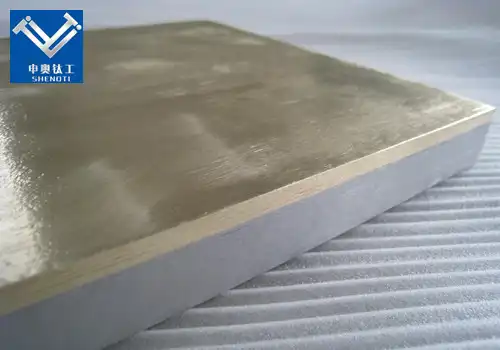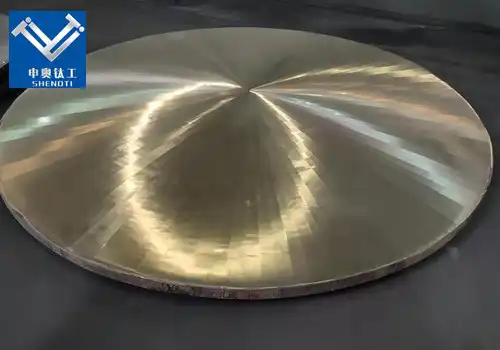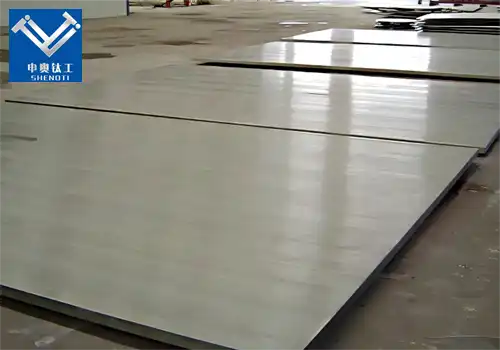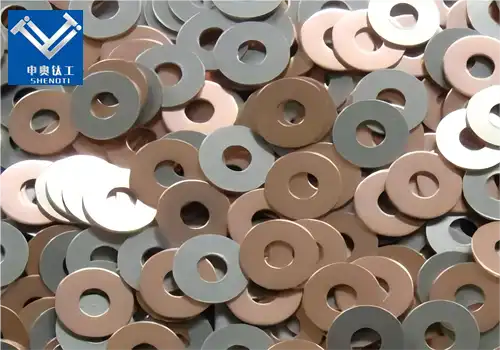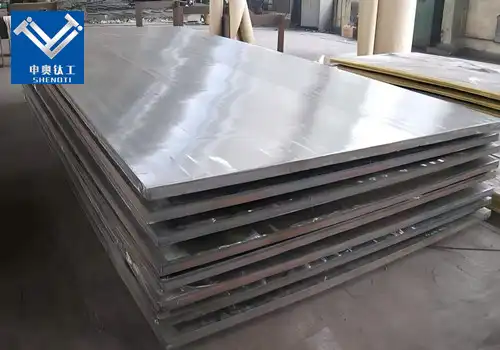
What is a Copper Clad Stainless Steel Plate?
2025-06-21 16:19:08
What is a Copper Clad Stainless Steel Plate?
A copper clad stainless steel plate is a bimetallic composite material formed by bonding a layer of copper to a stainless steel base. Through explosive bonding, hot-rolling, or diffusion welding, the resulting plate exhibits the combined properties of both metals: copper’s high electrical and thermal conductivity with stainless steel’s excellent corrosion resistance and mechanical strength.
This unique combination has made copper clad stainless steel plate a preferred material in a wide range of industries, from power generation and electronics to chemical processing and architectural design.
Why Industries Prefer Copper Clad Stainless Steel Plate
Enhanced Material Efficiency
Using a copper clad stainless steel plate instead of solid copper or pure stainless steel reduces material cost without compromising performance. Copper is used only where necessary, reducing waste and improving overall sustainability.
Corrosion and Heat Resistance
Stainless steel provides a robust foundation with high resistance to oxidation, acids, and chloride-induced corrosion, while copper enhances heat transfer. This makes the plate ideal for heat exchangers and reactor walls in chemical processing plants.
Excellent Electrical Conductivity
In electrical and thermal systems, the copper layer ensures low resistance pathways for energy transmission, making copper clad stainless steel plates suitable for busbars, grounding plates, and electrical enclosures.
Applications of Copper Clad Stainless Steel Plate in Various Industries
Power and Energy
Substations and Switchgear Panels: The electrical conductivity of copper makes it ideal for grounding and busbar applications, while stainless steel’s structure offers durability in harsh environments.
Transformer Components: Efficient energy transmission and heat dissipation are vital in transformers, which is why copper clad stainless steel plates are frequently used in these systems.
Chemical and Petrochemical
Reactors and Pressure Vessels: Resistance to acid and chemical corrosion, combined with thermal efficiency, allows these plates to be used in storage tanks, reactors, and heat exchangers.
Desalination Plants: Copper’s antimicrobial properties combined with stainless steel’s corrosion resistance make this plate perfect for marine and brine-related applications.
Electronics and Semiconductors
Heat Sinks and Enclosures: The copper layer dissipates heat efficiently, while stainless steel protects sensitive components from external damage.
PCB Backplanes and Shields: EMI shielding and thermal management are improved with copper clad stainless steel plates in printed circuit board infrastructure.
Architectural and Aesthetic Uses
Interior Decoration: The elegant, warm tone of copper with the strength of stainless steel makes it a choice material in luxury architecture.
Building Facades and Cladding: Offers corrosion resistance and long-lasting beauty for high-end construction projects.
Technical Specifications and Manufacturing Methods
Manufacturing Processes
Explosive Welding: Uses controlled detonations to bond copper and stainless steel at the molecular level, preserving the original properties of each metal.
Hot-Roll Bonding: Involves rolling copper and stainless steel together at high temperatures to ensure firm adhesion and uniform thickness.
Diffusion Bonding: A process where heat and pressure are applied to join the two metals without melting them.
Each method influences the performance characteristics of the final copper clad stainless steel plate, depending on the intended application.
Technical Parameters
Property Copper Layer Stainless Steel Substrate
Thickness (mm) 0.5–3 1–50
Tensile Strength ≥ 210 MPa ≥ 480 MPa
Bonding Strength ≥ 140 MPa –
Conductivity 97% IACS –
Corrosion Resistance Moderate Excellent
The most common grades used include T2 copper and 304, 316, or 321 stainless steel.
How to Choose the Right Copper Clad Stainless Steel Plate
Consider Layer Thickness
Depending on whether electrical conductivity or mechanical strength is prioritized, choose a plate with an appropriate copper-to-steel thickness ratio.
Verify Bonding Method
Explosive bonding is ideal for critical environments requiring high bonding strength. For budget-sensitive applications, hot-roll bonding may suffice.
Surface Treatment
For architectural applications, brushed or mirror finishes can enhance appearance. In technical uses, roughened or etched surfaces may improve bonding with other materials.
FAQs About Copper Clad Stainless Steel Plate
What are the advantages over traditional bimetal materials?
FAQs About Copper Clad Stainless Steel Plate
What are the advantages over traditional bimetal materials?
Copper clad stainless steel plate offers stronger bonding, better conductivity, and superior corrosion resistance compared to conventional layered materials like copper-aluminum composites.
Can copper clad stainless steel plate be welded?
Yes, but it requires skilled techniques such as TIG welding and appropriate filler metals to avoid delamination or corrosion at the joint.
Is the copper layer prone to oxidation?
Copper will naturally oxidize over time; however, this can be minimized with protective coatings or periodic polishing, especially in architectural applications.
Are these plates recyclable?
Yes, copper and stainless steel can be separated and recycled, making copper clad stainless steel plate an eco-friendly solution.
Advantages Over Other Clad Materials
Copper-Aluminum vs. Copper-Stainless Steel
While copper clad aluminum plates are lighter and cheaper, they are less durable and corrosion-resistant. Copper clad stainless steel plates, on the other hand, excel in strength and longevity.
Solid Copper vs. Clad Plates
Solid copper is expensive and mechanically weaker. The clad version offers a balance of conductivity and structural integrity at a lower cost.
Global Market Trends and Outlook
With increasing demands for efficient, durable, and sustainable materials, the global market for copper clad stainless steel plate is growing steadily. Applications in energy, electronics, and construction continue to rise, driven by eco-conscious manufacturing and technological innovation.
Key growth areas include:
Asia-Pacific: Rapid industrialization and infrastructure development.
Europe: Demand for green building materials and sustainable energy solutions.
North America: Expansion in electronics and defense sectors.
Technical support and material selection consultation
Custom dimensions and surface treatments
Fast global delivery
Technical support and material selection consultation
Custom dimensions and surface treatments
Fast global delivery
Contact us today at zh@baojiti.com.cn
YOU MAY LIKE











